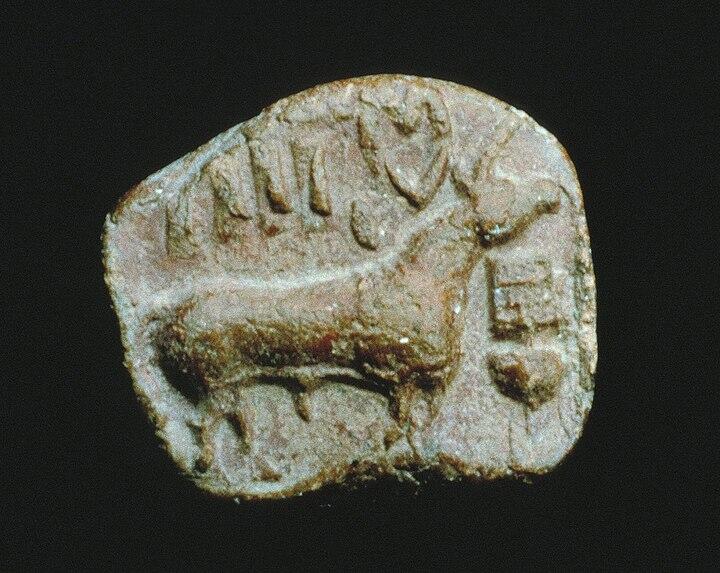The use of inscribed seals and tablets for economic purposes further supports the importance of trade for the accumulation of wealth and power by a relatively small number of elites.
Excavations at the major city of Harappa have revealed a long developmental sequence from its origins to its eventual decline and subsequent transformation. Recent excavations at the large urban centers of Dholavira and Rakhigarhi, along with reexamination of the largest city of Mohenjo-daro have shown that the development of urbanism was not uniform throughout the greater Indus region (Kenoyer 1998). Detailed studies within each city have revealed many shared characteristics as well as some unique features relating to the dynamic process of city growth and decline. In addition to the excavations of larger urban centers, regional surveys and extensive excavations at smaller settlements have provided a new perspective on the nature of interaction between large and small urban centers and even rural settlements.

